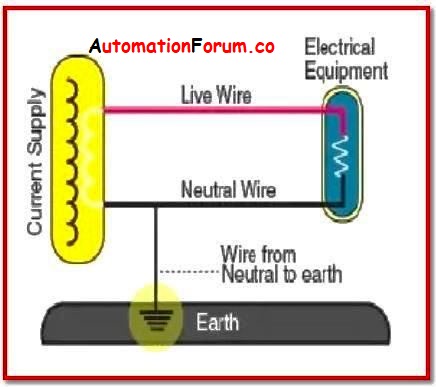How to reduce electromagnetic interference noise?

What is Noise?
Noise is defined as an undesirable electrical signal that distorts or interfere with an original signal.
Noise can be generated from within the system or from outside source, for example:
- Internal noise
- Thermal noise
- Imperfections
- External noise
- Natural origin
- Electromagnetic interference
- Crosstalks
Electromagnetic Noise:
Electromagnetic noise is the most common noise that should be concerned from the beginning of wiring.
Interference is any electromagnetic disturbance that will change the reception of desired signals or produces undesirable responses in a circuit or system.
Electromagnetic Interference noise can be produced by both natural and man-made sources, either external or internal to the circuit
Electromagnetic noise can be reduced by providing better coupling and shielding. And there are different coupling methods:
Impedance coupling:
Mechanism results from the fact that the signal circuits of electronic equipment share the ground with other circuits or equipment. This mechanism is called common-ground impedance coupling.
Signal current from one circuit proceeds back along the common conductor resulting in error voltages along the return bus which effect all the other signals.
The error voltage is due to the capacitance, inductance and resistance in return wire.

To reduce the effects of impedance coupling is to minimize the impedance of the return wire. The best solution is to use a balanced circuit with separate returns for each individual signal.
Electrostatic coupling:
This form of coupling is proportional to the capacitance between the noise source and signal wires. There are 4 methods for reducing noise induced by electrostatic coupling.
- Shielding the signal wires: The current generated by noise voltage prefer to flow down the lower impedance path of the shield rather than the signal wires. Sheild must be low resistance.
- Separating from the source of the noise.
- Reducing the amplitude of noise voltage.
- Twisting of signal wires
Magnetic or inductive coupling:
This depends on the rate of change of noise current and the mutual inductance between the noise system and the signal wires.

Easiest way to reduce magnetic coupling is to twist the signal conductors. This results in lower noise due to smaller area for each loop. This means less magnetic flux to cut through the loop and hence a low noise voltage.

Second approach is to use a magnetic shield around the signal wires. The magnetic flux generated from the noise currents induces small eddy currents in the magnetic shields. These eddy currents then creates an opposing magnetic flux to the original flux.
Shielding:
Shield should be insulated to prevent inadvertent contact with multiple points, which behave as earth points resulting in circulating currents.
The shield should never be left floating because this would tend to allow capacitive coupling. 2 techniques for isolating one circuit from another are by use of opto isolation and transformer coupling.




